Home>Home Appliances>Kitchen Appliances>What Is A Glass Stove Top
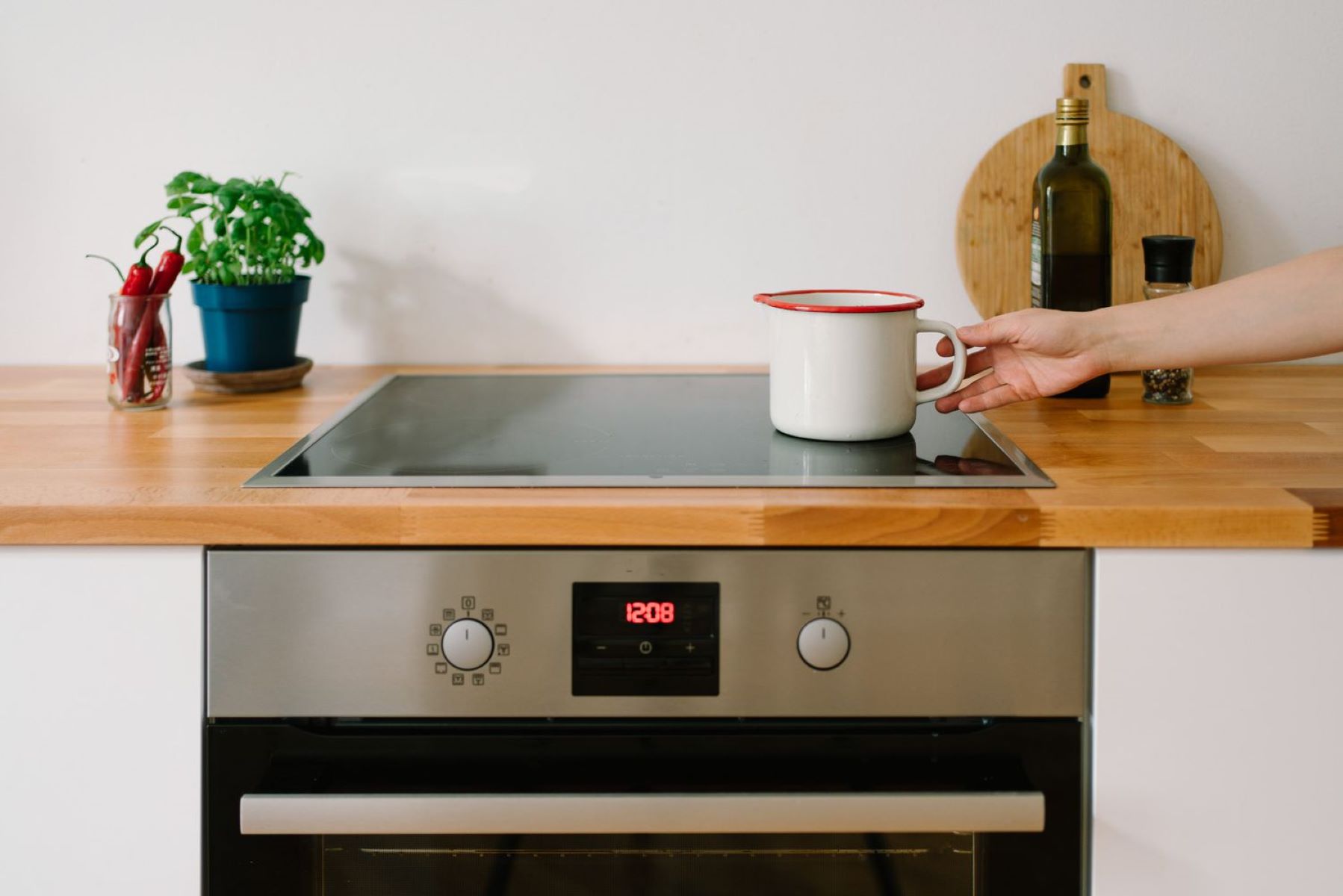

Kitchen Appliances
What Is A Glass Stove Top
Modified: February 18, 2024
Discover the benefits of a glass stove top for your kitchen appliances. Learn about the features and maintenance of glass stove tops.
(Many of the links in this article redirect to a specific reviewed product. Your purchase of these products through affiliate links helps to generate commission for Storables.com, at no extra cost. Learn more)
Introduction
A glass stove top, also known as a ceramic stove top, is a sleek and modern cooking appliance that has become increasingly popular in kitchens around the world. Unlike traditional coil or gas burners, a glass stove top features a smooth, flat surface made of tempered glass. This innovative design not only enhances the aesthetic appeal of the kitchen but also offers several practical benefits.
Glass stove tops are equipped with electric heating elements beneath the glass surface, which heat up when the stove is turned on. These heating elements transfer heat to the glass, which then distributes the heat evenly across the cooking area. This technology allows for precise temperature control and efficient heat transfer, making it an ideal choice for cooking a wide variety of dishes.
The glass surface of a stove top is not only visually appealing but also easy to clean and maintain. Its seamless design eliminates the need to clean around burner coils or gas grates, simplifying the cleaning process and reducing the risk of food particles getting trapped in hard-to-reach areas.
In the following sections, we will delve deeper into the functionality, advantages, and disadvantages of glass stove tops, as well as provide valuable tips for cleaning and maintaining these modern kitchen appliances. Whether you are considering upgrading your kitchen or simply want to learn more about glass stove tops, this comprehensive guide will equip you with the knowledge needed to make informed decisions and keep your kitchen running smoothly.
Key Takeaways:
- Glass stove tops offer a sleek and modern cooking experience with easy cleaning, even heat distribution, and versatile cooking options, making them a desirable choice for stylish and efficient kitchens.
- While glass stove tops enhance the kitchen’s aesthetic appeal, they require careful maintenance to prevent scratches, limited cookware compatibility, and heat retention issues, balancing style with practical considerations.
Read more: What Are Glass Top Stove Burners Made Of
How Does a Glass Stove Top Work?
A glass stove top operates through a combination of innovative technology and modern design. Unlike traditional coil or gas burners, a glass stove top features a smooth, flat surface made of tempered glass. Beneath this glass surface are electric heating elements that are responsible for generating the heat required for cooking.
When the stove is turned on, the electric heating elements beneath the glass surface begin to heat up. These elements are designed to distribute heat evenly across the entire cooking area, ensuring that pots and pans receive consistent and uniform heat. This even distribution of heat is crucial for achieving optimal cooking results, as it allows for precise temperature control and minimizes the risk of hot spots that can lead to unevenly cooked food.
The glass surface of the stove top plays a crucial role in the cooking process. Once the electric heating elements heat up, they transfer the heat to the glass, which then disperses the heat across the cooking area. This heat transfer mechanism is not only efficient but also helps in maintaining a steady cooking temperature, making it easier to simmer, sauté, or boil various dishes with precision.
In addition to its functional aspects, the sleek and modern design of a glass stove top adds a touch of sophistication to any kitchen. The smooth, flat surface not only enhances the aesthetic appeal of the cooking area but also provides a practical and versatile cooking space. Whether it's preparing delicate sauces or searing meats, the glass stove top offers a level cooking surface that accommodates a wide range of cookware sizes and types.
Overall, the functionality of a glass stove top is a harmonious blend of advanced heating technology and elegant design. Its ability to provide even heat distribution, precise temperature control, and a visually appealing cooking surface makes it a popular choice for modern kitchens.
This innovative cooking appliance has revolutionized the way we cook, offering a seamless and efficient cooking experience that caters to the diverse needs of home cooks and culinary enthusiasts alike.
Advantages of a Glass Stove Top
A glass stove top offers a myriad of advantages that make it a compelling choice for homeowners and cooking enthusiasts. From its sleek appearance to its practical functionality, this modern kitchen appliance has transformed the cooking experience in numerous ways.
1. Aesthetic Appeal
The smooth, flat surface of a glass stove top adds a touch of elegance to any kitchen. Its sleek and modern design seamlessly integrates with various kitchen styles, from contemporary to traditional. The reflective surface of the glass creates a visually appealing focal point, enhancing the overall aesthetic of the cooking area.
2. Easy Cleaning and Maintenance
One of the standout advantages of a glass stove top is its effortless cleaning and maintenance. Unlike traditional coil or gas burners, the seamless glass surface eliminates the need to clean around burner coils or gas grates. Spills and splatters can be easily wiped away with a damp cloth, and the absence of crevices and hard-to-reach areas simplifies the cleaning process, saving time and effort.
Read more: How To Set Clock On GE Glass Top Stove
3. Even Heat Distribution
Glass stove tops are designed to provide consistent and even heat distribution across the entire cooking area. This ensures that pots and pans receive uniform heat, minimizing the risk of hot spots and allowing for precise temperature control. Whether simmering, sautéing, or boiling, the even heat distribution facilitates optimal cooking results.
4. Versatile Cooking Surface
The flat and smooth surface of a glass stove top accommodates a wide range of cookware sizes and types, offering versatility in cooking options. From small saucepans to large skillets, the expansive cooking area allows for seamless transitions between different cooking techniques, making it suitable for various culinary endeavors.
5. Safety Features
Many glass stove tops are equipped with safety features such as residual heat indicators, which alert users when the surface is still hot after cooking. Additionally, the absence of open flames reduces the risk of accidental burns or fires, providing a safer cooking environment, especially in households with children or pets.
6. Energy Efficiency
Glass stove tops are known for their energy efficiency, as they can quickly transfer heat to cookware and maintain steady cooking temperatures. This efficiency not only contributes to lower energy consumption but also reduces cooking times, making it a sustainable and practical choice for eco-conscious individuals.
In summary, the advantages of a glass stove top extend beyond its stylish appearance, encompassing easy maintenance, even heat distribution, versatility, safety features, and energy efficiency. These benefits collectively make it a desirable and functional addition to modern kitchens, catering to the diverse needs of home cooks and culinary enthusiasts.
Read more: How To Fix Samsung Glass Top Stove Burners
Disadvantages of a Glass Stove Top
While glass stove tops offer numerous advantages, it's important to consider their potential drawbacks to make an informed decision about incorporating them into your kitchen. Understanding the limitations of these appliances can help you weigh the pros and cons effectively.
-
Susceptibility to Scratches and Damage:
The smooth glass surface of a glass stove top, while visually appealing, is susceptible to scratches and damage from certain types of cookware. Rough-bottomed or cast iron cookware can leave marks on the glass surface, detracting from its pristine appearance. Additionally, dropping heavy objects on the glass can cause cracks or breakage, requiring costly repairs or replacements. -
Limited Compatibility with Cookware:
Glass stove tops are not compatible with all types of cookware. Certain materials, such as stoneware, ceramic, and glass, may pose a risk of scratching the glass surface. Additionally, cookware with warped or uneven bottoms may not make proper contact with the glass, leading to inefficient heat transfer and cooking performance. -
Heat Retention and Cooling Time:
Unlike gas stoves, which provide instant heat adjustment, glass stove tops have a lag time in both heating up and cooling down. This can be inconvenient when precise temperature control is required, as adjustments may take longer to take effect. Moreover, the glass retains heat after the stove is turned off, prolonging the cooling time and potentially posing a burn risk if not handled with caution. -
Prone to Staining and Discoloration:
Spills and splatters during cooking can result in staining and discoloration of the glass surface, especially if not promptly cleaned. Certain foods, such as sugary or acidic substances, can leave stubborn marks that require specialized cleaning products to remove. Over time, these stains can detract from the aesthetic appeal of the stove top. -
Fragility and Maintenance:
The tempered glass surface of a glass stove top, while durable, requires careful maintenance to preserve its appearance and functionality. Specialized cleaning products and techniques may be necessary to remove tough stains and maintain the surface's luster. Additionally, the risk of accidental impact or thermal shock, such as placing hot cookware on a cold surface, requires cautious handling to prevent damage.
Understanding these potential disadvantages can help you make an informed decision about incorporating a glass stove top into your kitchen. By considering these limitations alongside the benefits, you can determine whether a glass stove top aligns with your cooking habits and lifestyle, ensuring a well-informed and practical choice for your culinary space.
Cleaning and Maintenance Tips for Glass Stove Tops
Maintaining the pristine appearance and optimal functionality of a glass stove top requires regular cleaning and careful maintenance. By following these essential tips, you can ensure that your glass stove top remains a stylish and efficient centerpiece of your kitchen.
-
Regular Cleaning: Wipe the glass surface after each use with a soft cloth or sponge to remove any spills or splatters. Using a gentle cleaning solution or a mixture of mild dish soap and water can effectively lift away grease and food residue without damaging the glass surface.
-
Avoid Abrasive Cleaners: Refrain from using abrasive cleaners, scouring pads, or harsh chemicals on the glass surface, as these can cause scratches and diminish the luster of the stove top. Opt for non-abrasive cleaning products specifically formulated for glass surfaces to maintain its pristine appearance.
-
Specialized Cleaning for Stubborn Stains: For stubborn stains or burnt-on residue, consider using specialized glass stove top cleaners or pastes. These products are designed to dissolve tough stains without scratching the glass, restoring its original shine and cleanliness.
-
Preventative Maintenance: Place a protective layer, such as a silicone mat or cookware protector, between the glass surface and rough-bottomed or cast iron cookware to prevent scratches. Additionally, avoid sliding cookware across the glass surface to minimize the risk of abrasions.
-
Immediate Spill Cleanup: Promptly clean up spills and splatters to prevent staining and discoloration. Certain acidic or sugary substances, if left unattended, can cause permanent marks on the glass surface. A quick wipe-down after cooking can prevent these issues.
-
Cooling Time Awareness: Be mindful of the cooling time required for the glass surface after cooking. Avoid placing cold or wet items on the hot glass, as this can lead to thermal shock and potential damage. Allow the stove top to cool completely before performing deep cleaning or maintenance tasks.
-
Regular Inspection: Periodically inspect the glass surface for any signs of damage, such as cracks or chips. If any damage is detected, it is essential to address it promptly to prevent further deterioration and ensure safe cooking conditions.
By incorporating these cleaning and maintenance practices into your routine, you can preserve the pristine appearance and functionality of your glass stove top. These proactive measures not only enhance the longevity of the appliance but also contribute to a clean and inviting cooking space for your culinary endeavors.
Conclusion
In conclusion, a glass stove top represents a harmonious fusion of modern design, advanced technology, and practical functionality, making it a compelling choice for homeowners and culinary enthusiasts. The sleek and elegant appearance of the glass surface adds a touch of sophistication to any kitchen, serving as a visually appealing centerpiece that seamlessly integrates with various interior styles. Beyond its aesthetic allure, the glass stove top offers a range of advantages, including easy cleaning and maintenance, even heat distribution, versatile cooking options, safety features, and energy efficiency.
While the glass stove top presents numerous benefits, it's essential to consider its potential drawbacks, such as susceptibility to scratches, limited compatibility with certain cookware, heat retention, and maintenance requirements. Understanding these limitations empowers individuals to make informed decisions about incorporating a glass stove top into their culinary space, aligning with their cooking habits and lifestyle.
To ensure the longevity and optimal performance of a glass stove top, diligent cleaning and maintenance practices are crucial. By following essential tips, such as regular cleaning, avoiding abrasive cleaners, using specialized products for stubborn stains, and practicing preventative maintenance, individuals can preserve the pristine appearance and functionality of their glass stove top, creating a clean and inviting cooking environment.
In essence, a glass stove top transcends its role as a cooking appliance, becoming a symbol of modernity, efficiency, and style in the kitchen. Its seamless integration of form and function elevates the cooking experience, offering a versatile and visually captivating space for culinary exploration. Whether preparing everyday meals or experimenting with gourmet creations, the glass stove top stands as a testament to the evolution of kitchen technology, catering to the diverse needs and preferences of contemporary lifestyles.
As homeowners continue to seek innovative and practical solutions for their kitchens, the glass stove top remains a timeless choice, embodying the perfect balance of elegance and functionality. Its enduring appeal and transformative impact on the culinary landscape solidify its position as a staple in modern kitchens, enriching the cooking journey with its seamless design and efficient performance.
Frequently Asked Questions about What Is A Glass Stove Top
Was this page helpful?
At Storables.com, we guarantee accurate and reliable information. Our content, validated by Expert Board Contributors, is crafted following stringent Editorial Policies. We're committed to providing you with well-researched, expert-backed insights for all your informational needs.
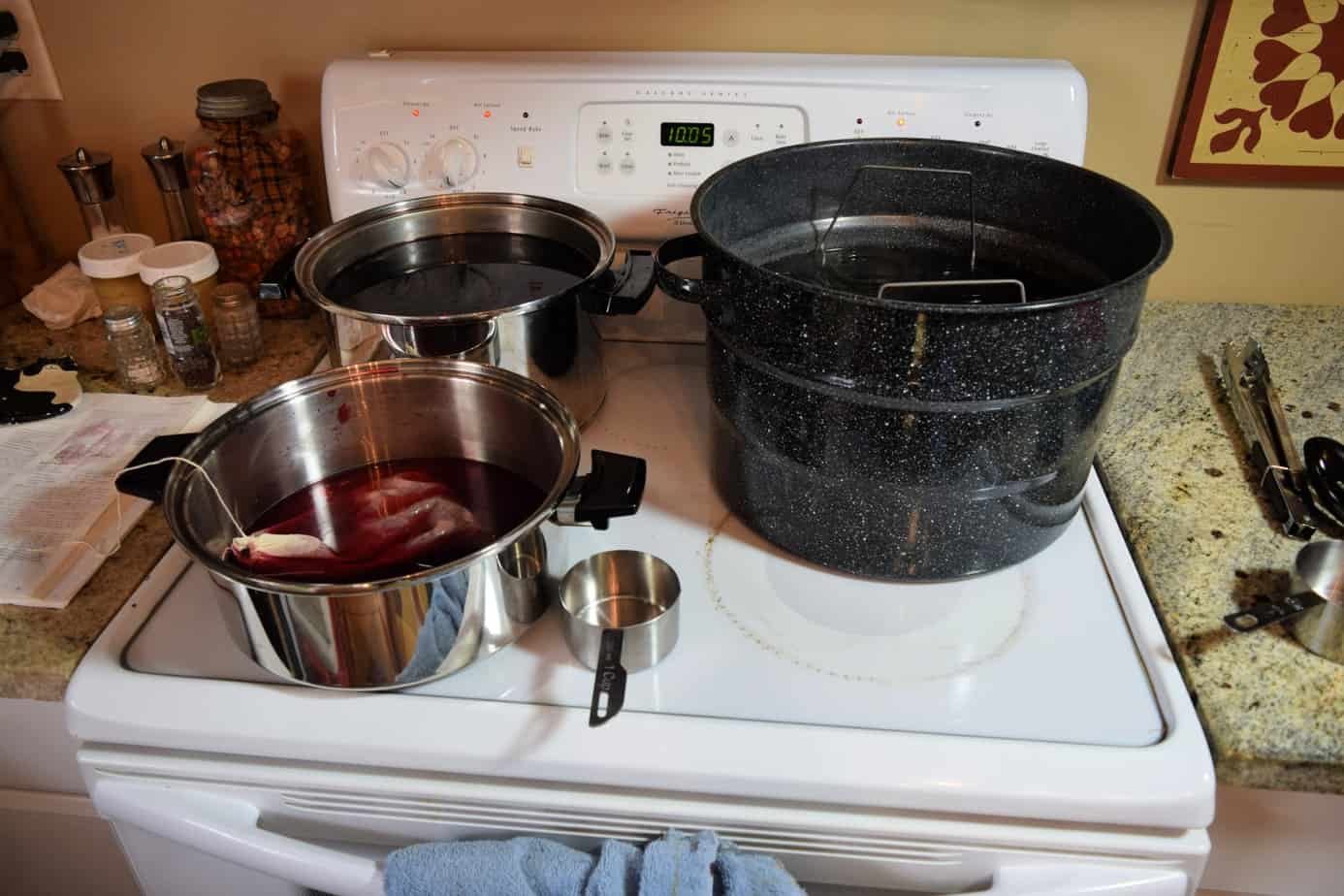
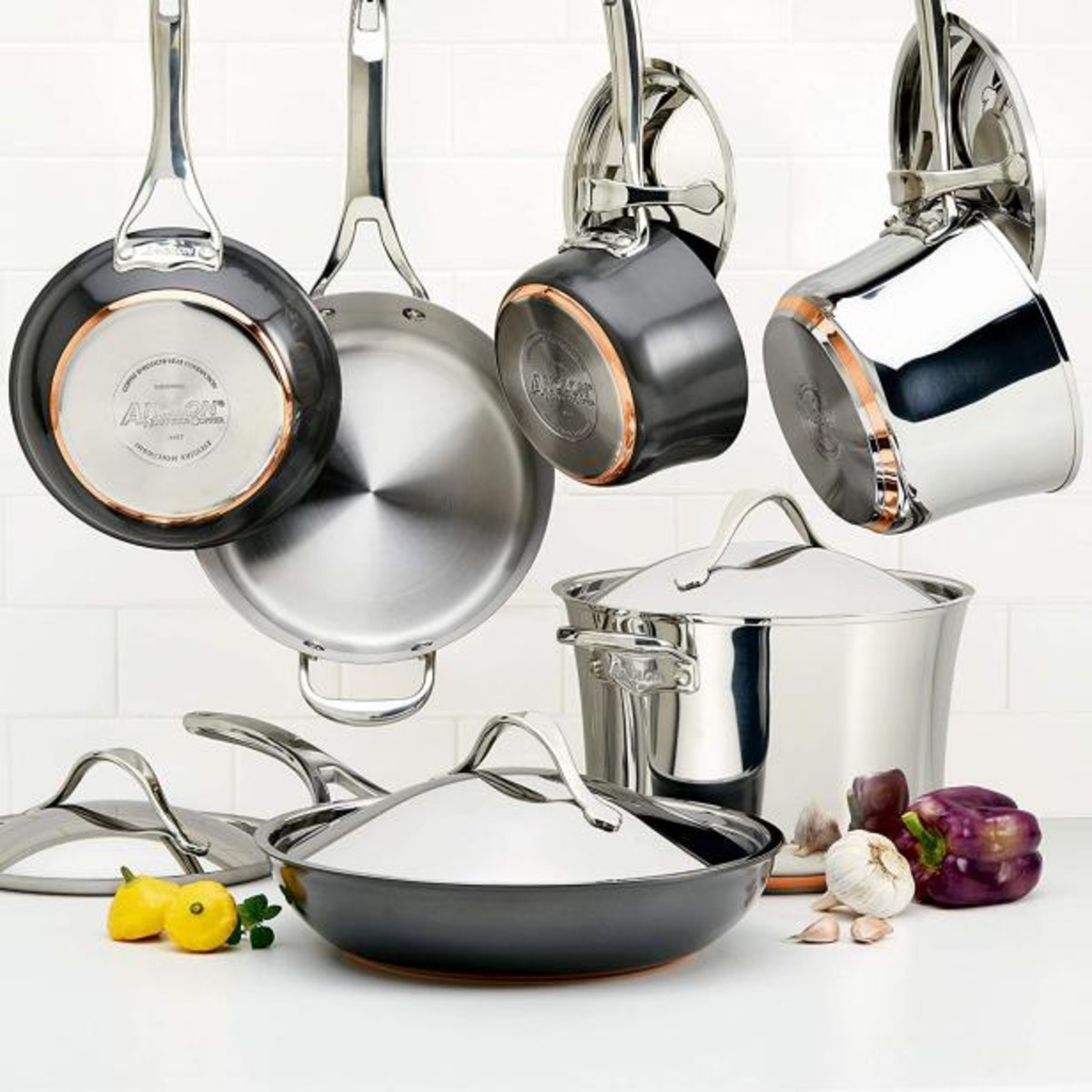
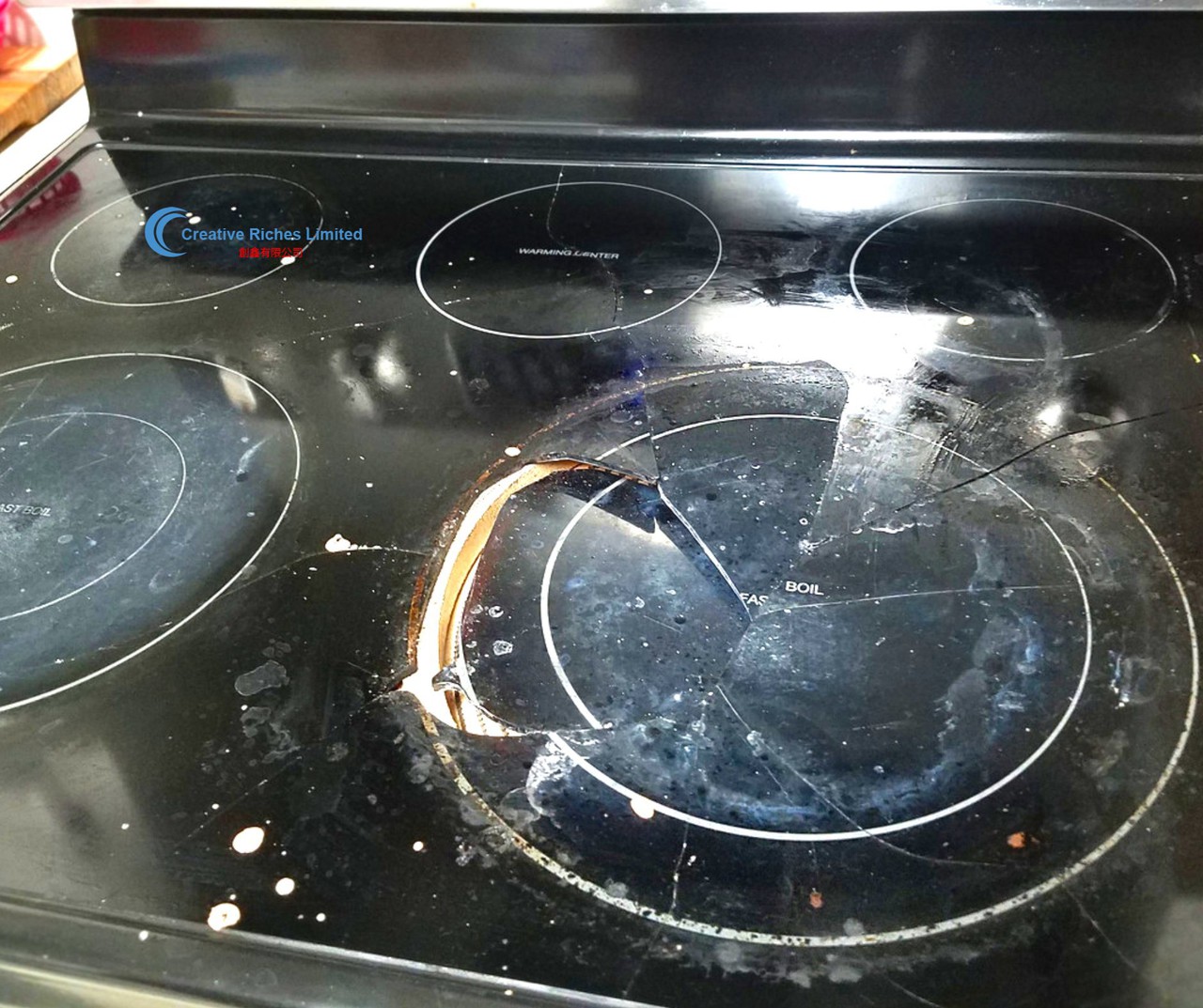

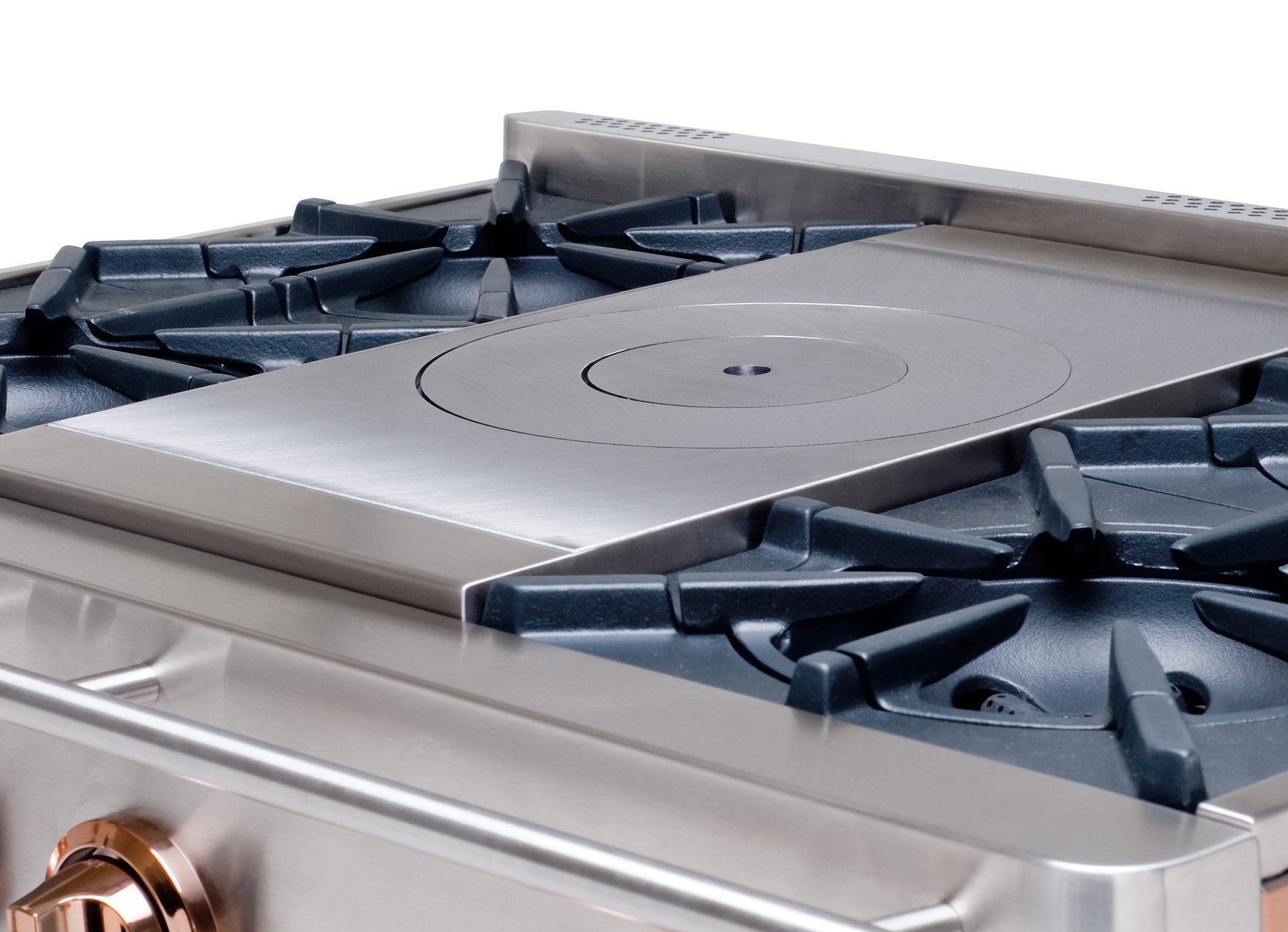
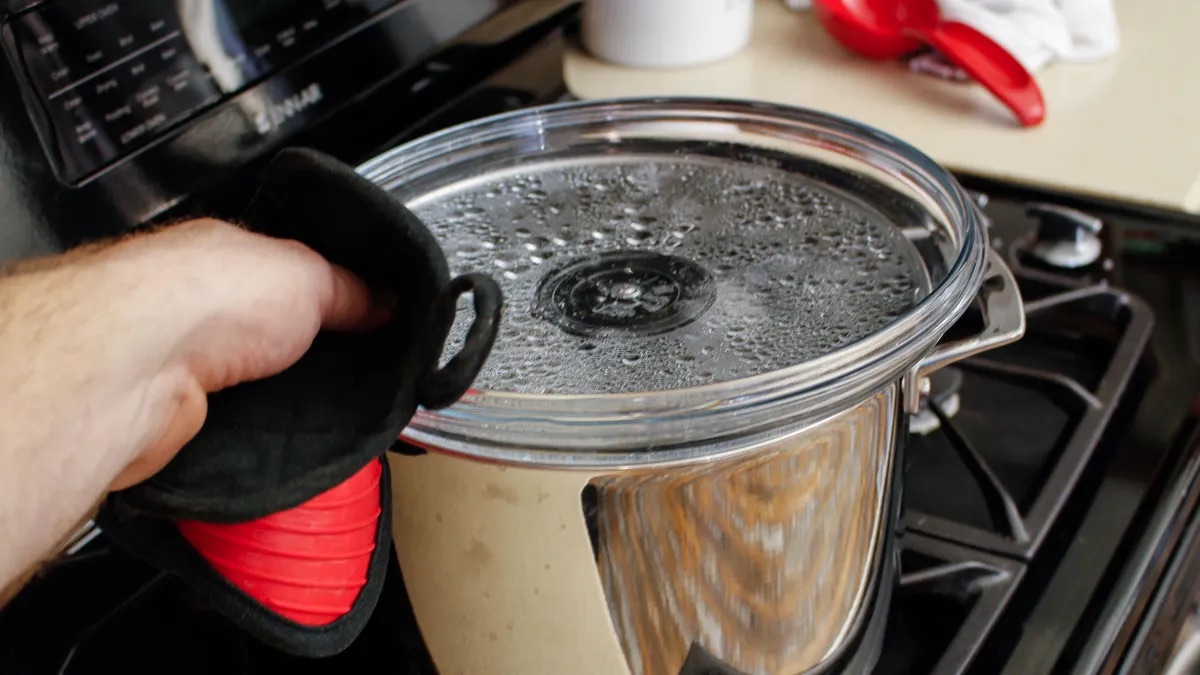
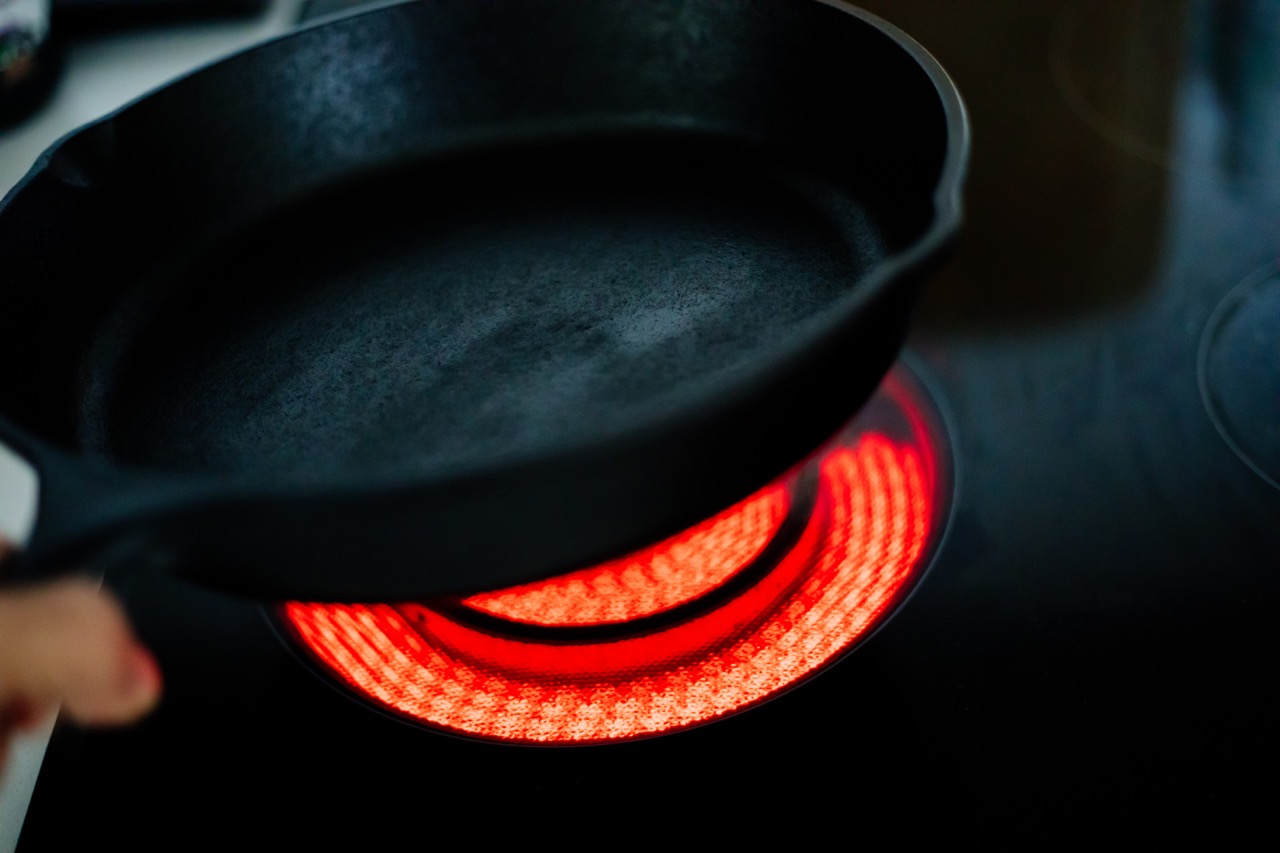
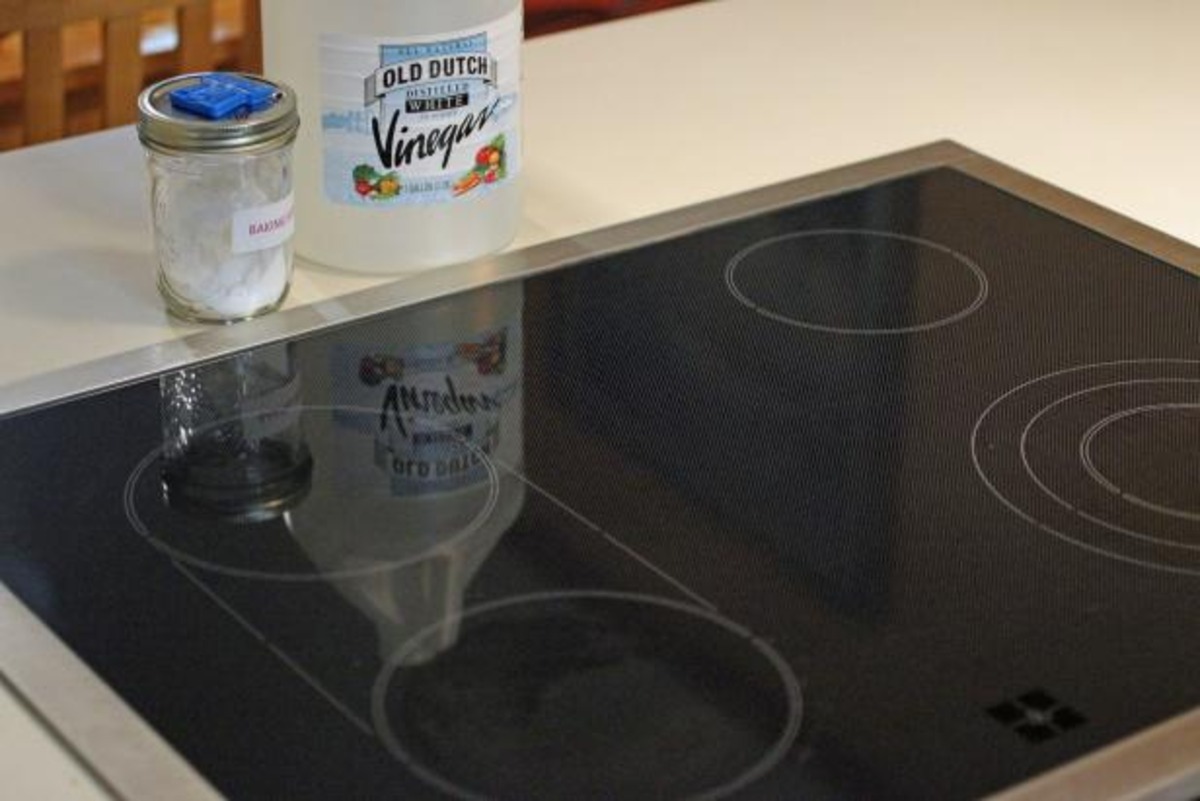
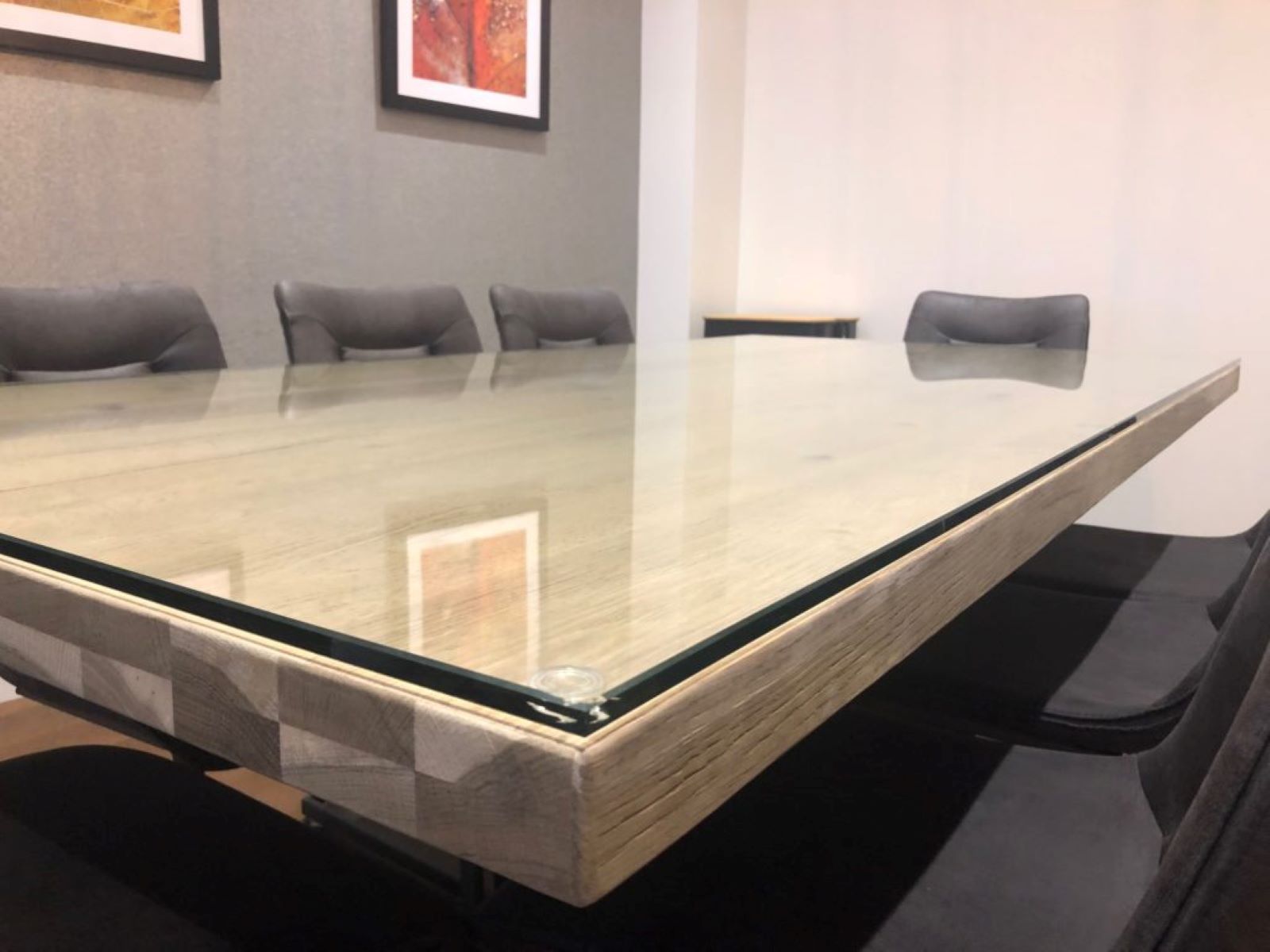
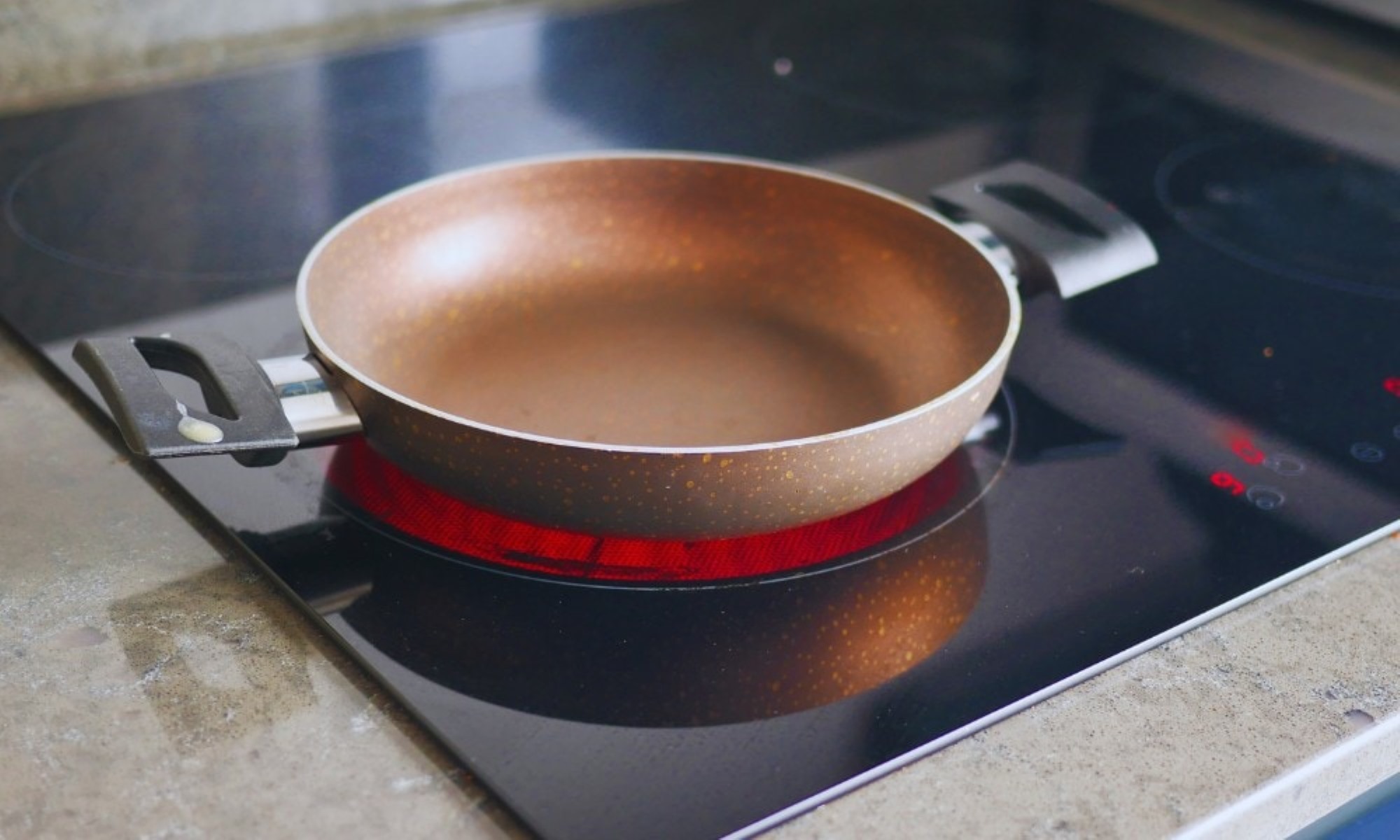
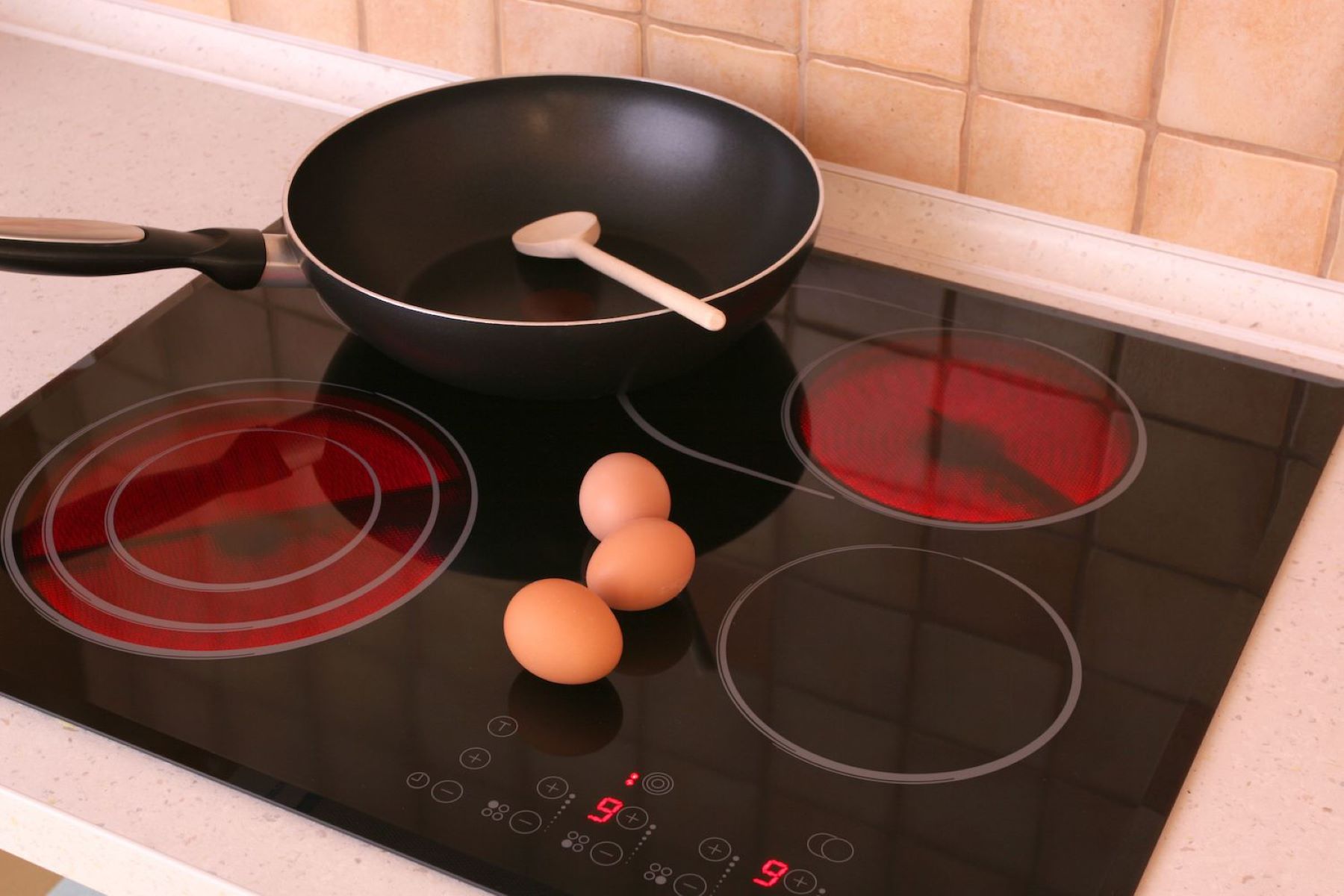
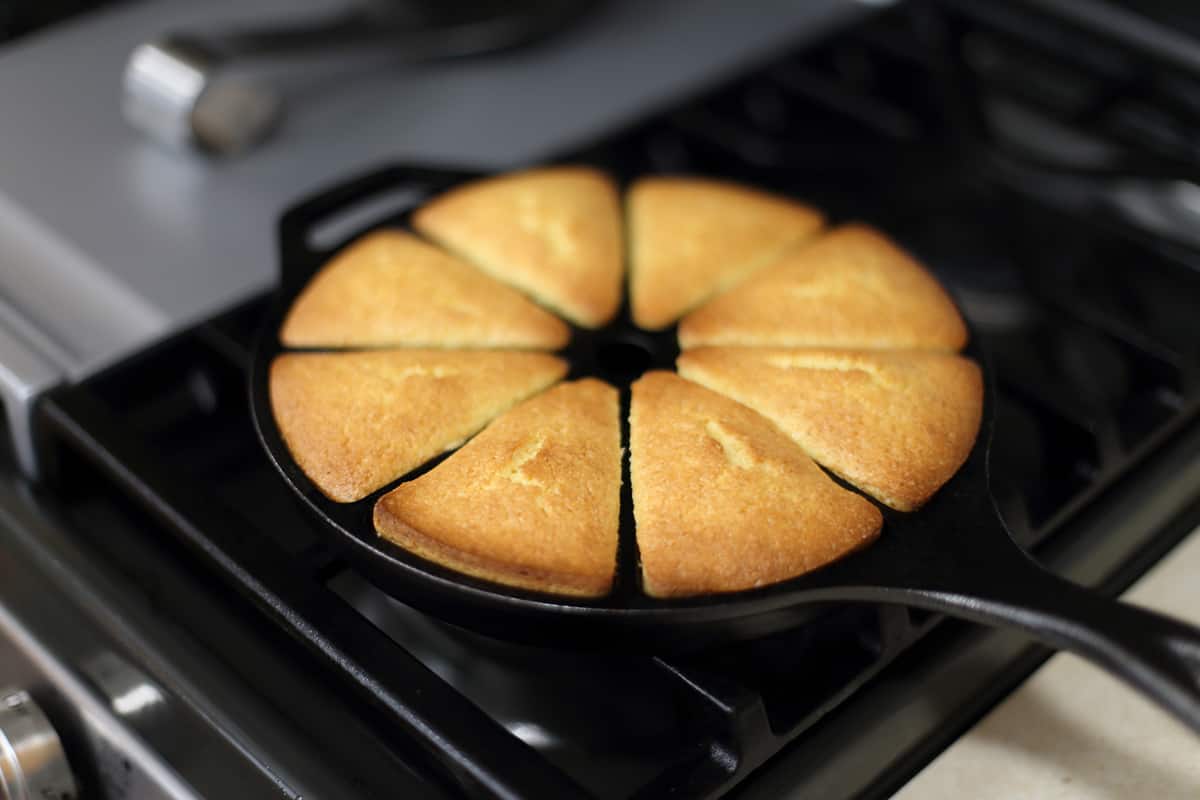
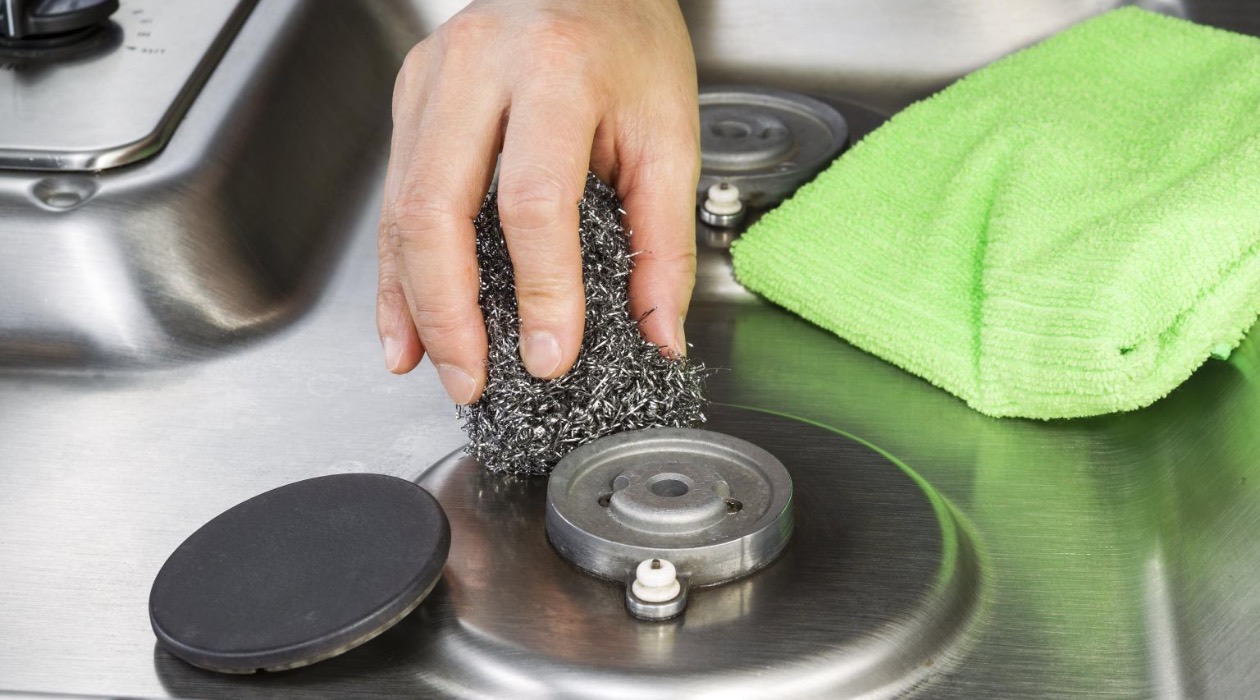

0 thoughts on “What Is A Glass Stove Top”